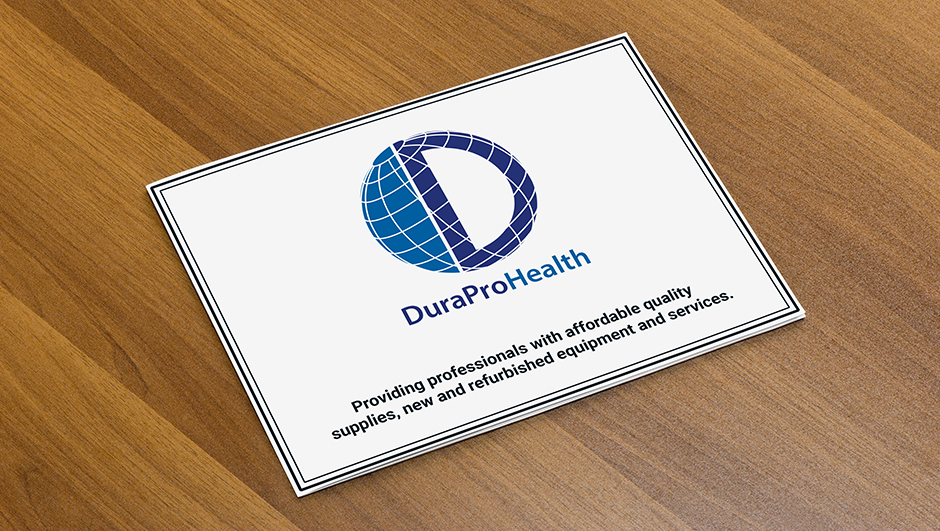JULY IS UV SAFETY MONTH
Many of us spend the better part of the year looking forward to the summer months. The sunny weather inspires vacations, outdoor activities, summer festivals, and trips to the pool or beach.
With so many activities packed in, it’s easy to overlook things. One of the most important things to remember when planning to be outside in the summer is how to protect yourself from ultraviolet (UV) rays.
As we enjoy the beautiful summertime weather, we need to keep in mind several issues about the effects of the sun’s ultraviolet radiation. We need sunshine.
It helps with our body’s production of Vitamin D and has been tied to issues of depression in some people who don’t get enough.
However, overexposure to the sun can lead to a variety of health risks due to the Ultra-violet rays it produces.
There are two main types of UV light; UVA and UVB
- ULB rays is what gives you your sunburn and is responsible for some types of skin cancers.
- ULA make the skin appear leathery and wrinkly and can also contribute to skin cancers.
An easy way to remember: “A” is for aging and “B” is for burning.
UV light can be harmful to the skin, however, it can also be very bad for our eyes. Eye structures such as the cornea, retina, and lens can be damaged from UV radiation, so protecting your eyes is vital as well.
A recent article in the Chicago Sun Times (no joke) reported even though regulators updated standards for labeling sunscreen four years ago, many sunscreens still provide far less protection than advertised against ultraviolet rays that can lead to skin cancer. Of the top-rated sunscreens, based on consumers’ ratings through Amazon.com, they found that about 40 percent didn’t meet the guidelines for effectiveness by the American Academy of Dermatology mainly because they weren’t sufficiently sweat- or water-resistant.
Below are some tips for selecting an effective sunscreen:
Use sunscreen that protects against both UVA and UVB harmful ultraviolet rays and has at least SPF 30 — considered the minimum “sun protection factor” needed.
Note: It is advised to use SPF 40 or 50 to increase chances you are getting at least SPF 30.
Avoid costly sunscreens labeled higher than SPF 50, higher SPF numbers falsely imply greater protection.
Consumer Reports recommends as “Best Buys” four sunscreens that met their claimed SPF of 50 and cost about $6 to $10:
- Pure Sun Defense Disney Frozen
- Coppertone Water Babies
- Equate Ultra Protection
- No-Ad Sport
Most people apply too little sunscreen too late and too infrequently. An average-sized person should apply an ounce, or two tablespoons, on all exposed skin —
about twice what most people use. Apply 15 to 30 minutes before going outside; reapply at least every two hours. With spray-on sunscreen, apply two coats, and then rub it in.
The U.S. National Weather Service measures ultraviolet levels on a daily basis, and uses these numbers for various exposure levels. You can find your local UV Index by visiting: https://www.epa.gov/sunsafety/uv-index-1




